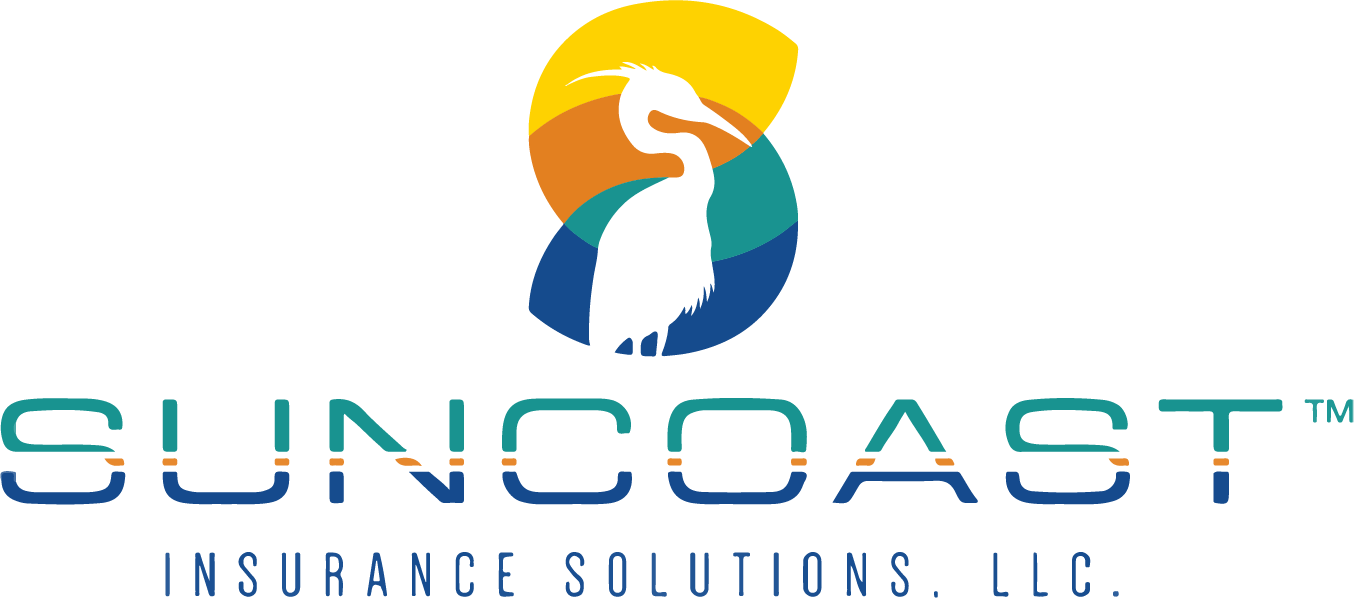April marks Financial Literacy Month, a perfect time to equip yourself with essential financial knowledge to make smarter money decisions. Understanding these key terms can empower you to take control of your financial future. In this blog, we'll cover six essential financial terms, grouped into three categories: lending, credit, and savings.
Lending Terms
Collateral
Collateral refers to an asset that a borrower offers to secure a loan. Relatable examples include using your car or home as security for a loan. If the borrower defaults, the lender can seize the asset to recover their loss. Knowing the implications of using collateral can help you understand the risks involved in secured loans.
Equity
Equity is the value difference between your home’s market value and the amount you owe on your mortgage. As you pay down your mortgage, you build equity, which can be used for home equity loans or lines of credit. This can be a valuable financial tool for homeowners seeking to finance major expenses or consolidate debt.
Credit Terms
Annual Percentage Rate (APR)
The APR reflects the true cost of borrowing, including interest and fees, making it a crucial metric for comparing loans and credit card offers. A lower APR means borrowing costs less over time, so understanding this term can help you make better credit decisions.
Annual Fee
An annual fee is a charge that some credit card companies impose for using their card. It may be worth paying if the benefits, such as rewards or premium perks, outweigh the cost. Evaluate whether the perks provided justify the expenditure to optimize your financial situation.
Savings Terms
Compound Interest
Compound interest is the addition of interest to the principal sum of a loan or deposit. This means you earn interest on both the original amount and on the accumulated interest from previous periods. For example, a savings of $1,000 at an annual compound interest rate of 5% would grow to $1,050 in the first year, and $1,102.50 in the second year, assuming no withdrawals. Understanding this concept can help you appreciate how your savings can grow exponentially over time.
Pay Yourself First (PYF)
Pay Yourself First is a budgeting strategy where you allocate a portion of your income to savings before spending on expenses. This approach builds financial security by prioritizing savings and investment, ensuring that you consistently work towards your long-term financial goals.
Understanding these financial terms is a key step toward achieving financial independence and making better decisions. By familiarizing yourself with these concepts, you empower yourself to shape a more secure financial future. Remember, even small steps in financial literacy can significantly impact your financial journey over time.

We believe that understanding your insurance options should be straightforward and stress-free.
Depending on where you live, we may not offer every plan available in your area. Any information we provide is limited to those plans we do offer in your area. Please contact medicare.gov or 1-800-MEDICARE to get information on all your options.
Contact Us
Navigate
Reach Out Now
For Medicare:
Contact Us
We will get back to you as soon as possible.
Please try again later.
Under 65? Book a meeting now.
Powered by Levitate | Privacy Policy | Terms of Use